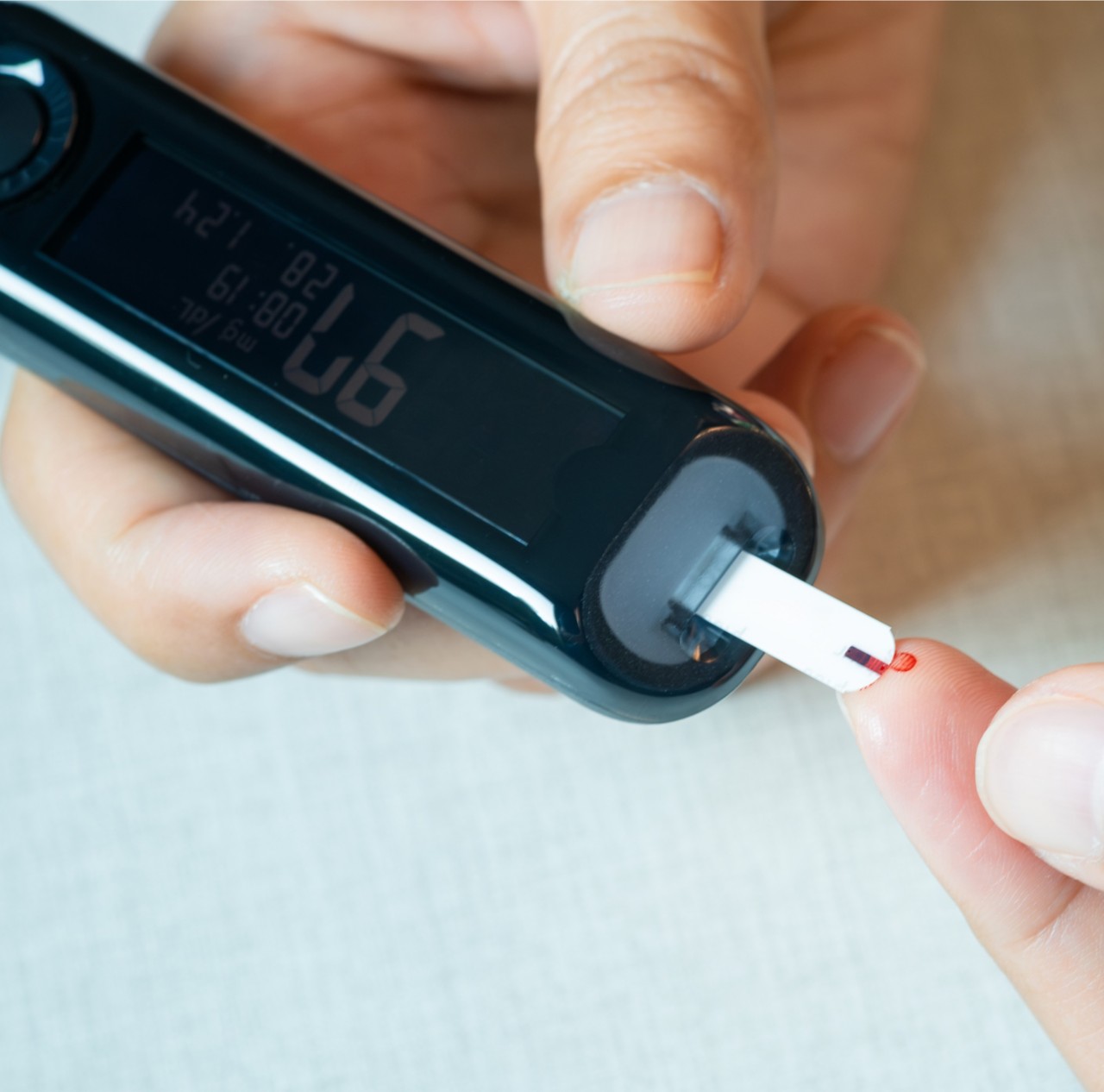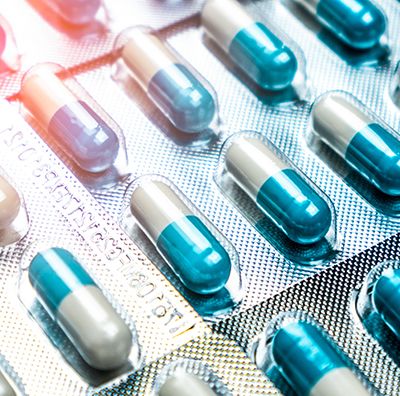



Commonly used materials
Medical devices made with commonly used materials can crack, discolor and become brittle after repeated cleaning.

Withstand disinfectants
Our opaque materials can withstand aggressive disinfectants used to prevent HAIs.

Retain aesthetics
Even after repeated disinfecting to prevent HAIs, devices made with Eastman materials retain their aesthetics and impact resistance.










